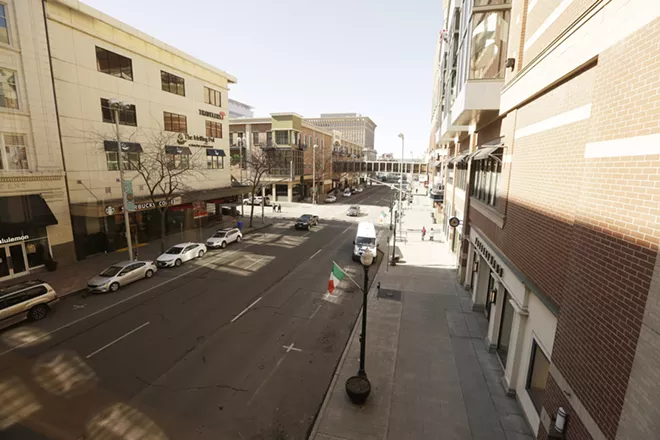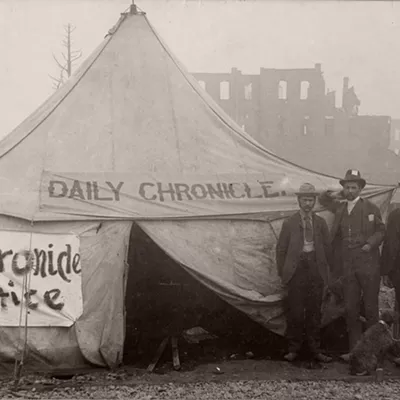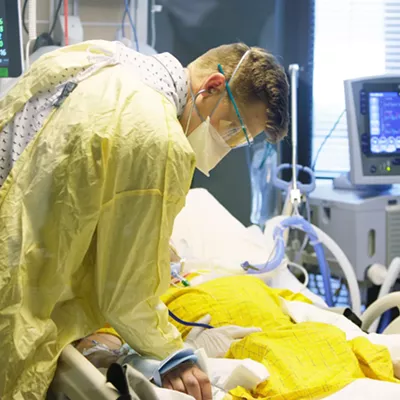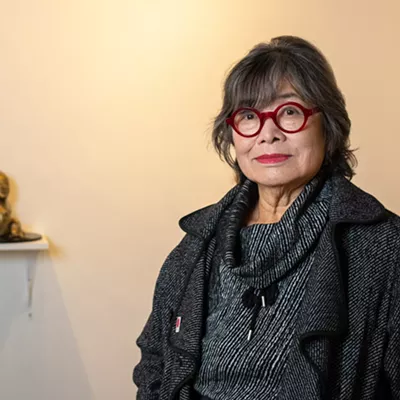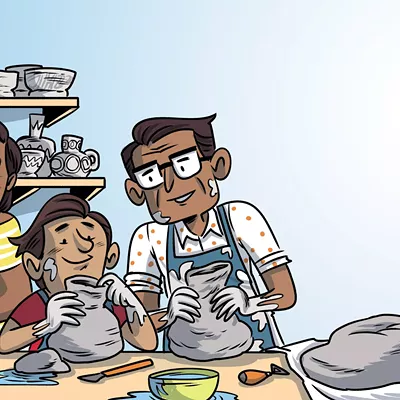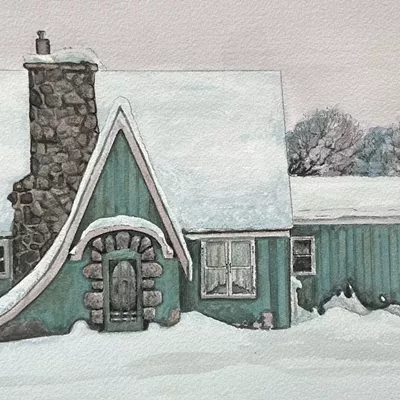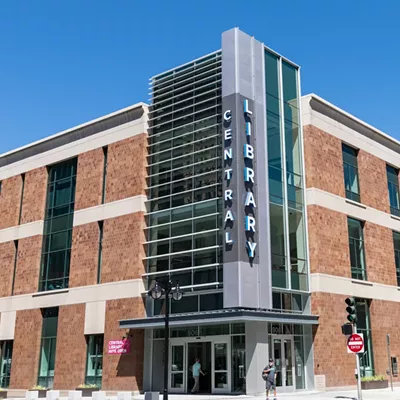These have been strange times for certain. But not unprecedented.
We are now going through things that would have been familiar to citizens during the influenza pandemic of 1918 — enacting social distancing, dealing with school, church and nonessential business closures. Or to parents, keeping their children inside during the summertime "polio season" in an attempt to keep them from contracting the common yet debilitating virus.
The cultures of our world, nation, regions, states, cities, neighborhoods and homes have once again been altered in an attempt to stem the tide of illness and death crashing over our planet. Will these changes be effective? Hopefully. Inconvenient to be sure, but they seem to be helping.
It would be nice to get back to normal, but to mangle and mashup lines from William Stafford and Robert Frost poems: "The darkness around us is deep... And we have miles to go before we sleep."
Great effort is underway now to sort out how to best facilitate community immunity, and this will likely be a slow process. Until about two-thirds of us have developed immunity as a result of infection or a vaccine, if and when one is available, we will continue to be vulnerable.
So, we must be vigilant and embrace this plan designed to slow down the spread of natural infection, while more long-term solutions can develop. It is also vital that we not let slip what is already working. Kids still need their vaccines to prevent serious diseases like measles, pertussis, influenza and meningitis. We don't need to add to our problems with any other outbreaks.
With all of the challenging cultural changes that have been brought on by COVID-19, I have nonetheless noticed some positive changes in our household and neighborhood.
It has been nice having more family meals together, even when it is takeout. We have been getting outside more than usual and the garden has been in top form, in part due to distance-respecting visits from our neighbor Doug with his secret slurry of fish goop and chicken poop that he pours over our plants and bushes as fertilizer. He has also been baking us bread with flour and yeast that we provide (he assures me he washes his hands between the fertilizing and baking).
Home life sort of feels like Little House on the Prairie in the evenings with my wife weaving macramé plant hangers, while I am turning little wooden things on a lathe. One of my daughters is actually crocheting a swimsuit. (We will cross the bridge of decency if she ever actually completes the suit.)
We have all been reading more than usual, and to be sure there is more screen time than ever, although we are trying to keep it more nutritious than less. We saw the Tom Hanks portrayal of Fred Rogers, then watched an HBO documentary about Fred Rogers, which led to reading a biography of Fred Rogers.
So what would Mr. Rogers say about COVID-19? Even though he was always gentle with his delivery — he was never afraid of the power of pause and even silence — he took on big topics when they might affect the wellbeing of children. He addressed topics as heavy duty as grief, racism, divorce, inclusiveness, and even assassination after the murders of MLK and Bobby Kennedy.
It was no accident he always donned and doffed that sweater and sneakers every episode, and that Trolley always made clear the difference between Mr. Rogers Neighborhood and the Neighborhood of Make-Believe. These transitions and routines helped define the kinds of comforting boundaries and delineations that many of us — though we may be far removed from preschool — are really missing right now while attempting to work or learn from home.
He knew that healthy navigation through this crucial time in life required connections with supportive, trusting people outside the family. Not only did kids in the audience benefit from the nurturing guidance and teaching of his TV crew of puppets and regular visitors, but parents learned over their shoulders how to serve those roles as well.
So, during these unusual times of isolation, when we're all doubling back to learn new ways of interacting, I think we can learn a little from Mr. Rogers. Let's use our imaginations to discover new hobbies, or rediscover old ones. Let's find ways to encourage creativity and play, as well as to develop compassion and trust. And let's try to define some borders between working, learning, relaxing and resting. Along the way, it can't hurt to watch some more original episodes of Mr. Roger's Neighborhood.
Matt Thompson is a pediatrician at Spokane's Kids Clinic.

